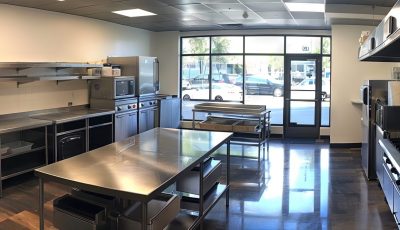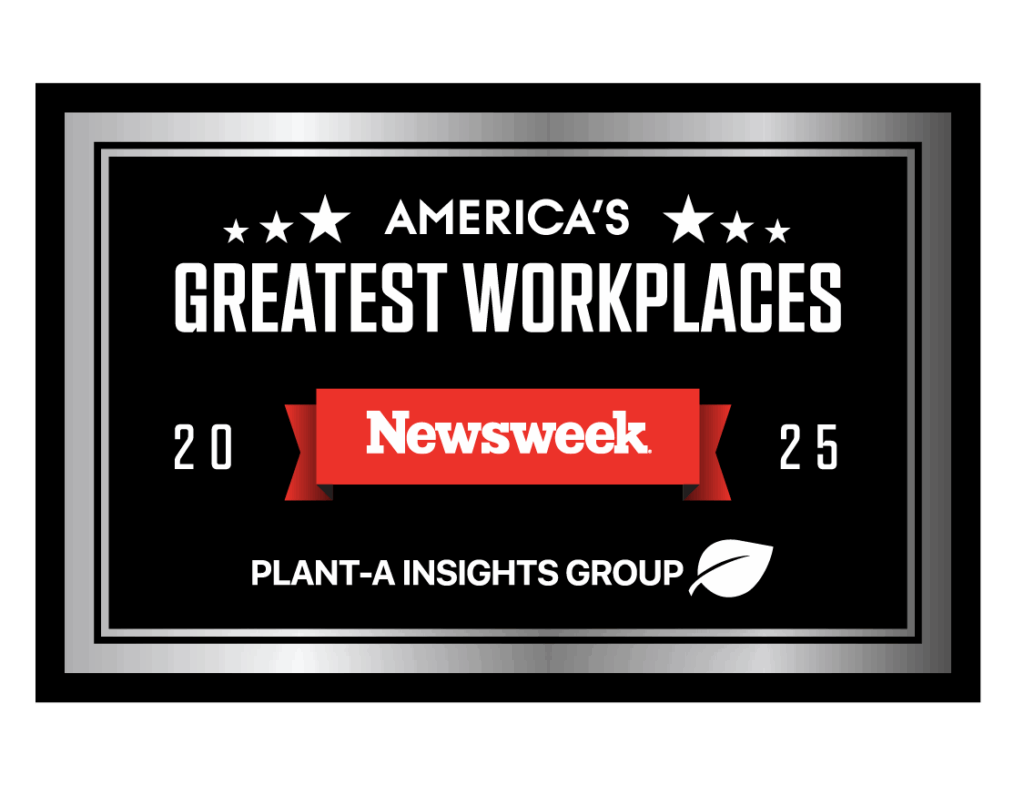CARB SB 1206: Act Now or Pay Later
California businesses, particularly those operating commercial facilities with refrigeration systems, should be mindful of a new regulation impacting refrigerant use. That said, CARB SB 1206 aims to combat climate change by phasing out the sale of harmful refrigerants known as Hydrofluorocarbons (HFCs).
HFCs are synthetic greenhouse gasses composed of carbon, hydrogen, and fluorine, exclusively of human origin and absent in nature. They function as refrigerants in appliances like refrigerators and air conditioners to facilitate cooling. In the past, chlorofluorocarbons (CFCs) were utilized as refrigerants, leading to ozone layer depletion and eventual phase-out under the 1987 Montreal Protocol. HFCs replaced CFCs, being more ozone-friendly but possessing a warming potential thousands of times greater than carbon dioxide.
CARB 1206 Regulations at a Glance
Effective January 1, 2025, CARB SB 1206 restricts the sale of bulk virgin hydrofluorocarbons (HFCs) with a Global Warming Potential (GWP) exceeding 2200 in California. This regulation doesn’t apply to recycled HFCs. However, their production is expected to be limited, potentially leading to sizable price hikes. The Global Warming Potential (GWP) threshold will drop to 1500 in 2030 and 750 by 2033. You can learn more about the specifics on the California Air Resources Board website.
Why Is CARB SB 1206 Important?
For context, the American Innovation and Manufacturing (AIM) Act of 2020 and the subsequent HFC phasedown are crucial steps in U.S. climate policy to reduce greenhouse gas emissions and combat global warming. The AIM Act is a U.S. federal law enacted on December 27, 2020, as part of the Consolidated Appropriations Act of 2021. Its primary objective is to phase down the production and consumption of hydrofluorocarbons (HFCs) such as HFC-227ea, HFC-125, R143a, and R407A, in various industries in the United States.
The phasedown of HFCs is driven by concerns about their significant contribution to global warming when released into the atmosphere. Refrigeration systems leak, and even small leaks can have an outsized effect on the environment. In fact, studies show leaks can account for up to 25% of refrigerant loss annually. These HFCs have a GWP thousands of times greater than CO2. It’s important to note that these GWPs are significantly higher than carbon dioxide (CO2). For example, HFC-404A has a GWP that is almost 4,000 times higher than CO2 over a 100-year period.
CO2 is a natural, high-efficiency, ultra-low GWP alternative refrigerant that the EPA highly recommends. Coolsys has installed 200+ CO2 systems, including some of the largest transcritical CO2 systems in the U.S. Coolsys also has 450+ CO2-trained technicians who help maintain over 600 systems nationwide. CO2 refrigerant systems are becoming a bigger part of the industry, and CoolSys is leading the charge to help mitigate climate change and reduce global warming.
We should mention that climate change poses significant risks to public health. The incidence of heat-related illnesses, respiratory problems, and the spread of diseases have increased as a result of this human-caused phenomenon. By reducing greenhouse gas emissions, CARB SB 1206 helps to protect the most vulnerable in our communities.
Leaks not only harm the environment and jeopardize public health but also impact your bottom line. A system with low refrigerant levels won’t function optimally. Watching for signs of low refrigerant levels and addressing the issue as soon as possible is the best way to ensure business continuity. You don’t want to compromise the safety and reliability of your system. Outages can cost you time, money, and frustration, especially when they’re preventable.
The AIM Act and the HFC phasedown represent a comprehensive approach to addressing a major source of greenhouse gas emissions in the U.S. By setting clear targets, promoting innovation, and ensuring compliance, the AIM Act aims to protect the environment, strengthen the economy, and safeguard public health for future generations.
The AIM Act and CARB SB 1206 are initiatives that work in tandem to phase down the production and import of HFCs in the United States. The stakes associated with non-compliance with CARB SB 1206 might be higher than you anticipate. After January 1, 2025, if your system uses refrigerant with a GWP exceeding 2200, repairs will become more costly. Since virgin high-GWP HFCs will no longer be available, contractors will have to source potentially limited recycled supplies or necessitate system modifications.
Stay Compliant, Reduce Costs
The good news is you can take action to get ahead of these changes. It’s best to partner with a qualified vendor like CoolSys for peace of mind. We have the experience in this emerging technology to keep you ahead of the curve. For starters, a site assessment can identify the type of refrigerant used in each system, measure current levels, and determine if your system is impacted by SB 1206.
It’s also prudent to perform leak detection and address any needed repairs. Fixing leaks is the right move for the planet, and it also saves you money by reducing refrigerant loss. CoolSys can perform a thorough leak detection and repair, replenish your system with refrigerant (before the deadline), and document the repairs for compliance with existing regulations (California Code of Regulations (CCR) Title 17, Section 953).
Keep in mind that you should be thinking past January 1, 2025 when making plans for compliance. Be proactive and develop a long-term plan for refrigerant transition. CoolSys can help you create a customized plan to comply with upcoming federal regulations and reduce refrigerant costs. Options include:
- Transitioning to natural refrigerants with a GWP of less than 1, which is the most environmentally friendly option.
- Scheduling a gas exchange to a lower-GWP HFC (below 2200) as an interim solution, followed by an upgrade to natural refrigerants during a future facility remodel.
Time is of the essence when it comes to this matter. By getting measures in place to meet the January 1, 2025 deadline, you can ensure your business remains compliant with CARB SB 1206 regulations and avoid the potential for higher repair costs.
CoolSys can help you navigate these changes and develop a plan to transition to more environmentally friendly refrigerants, saving you money in the long run.
Learn more about transitioning to natural refrigerants by watching our webinar.



